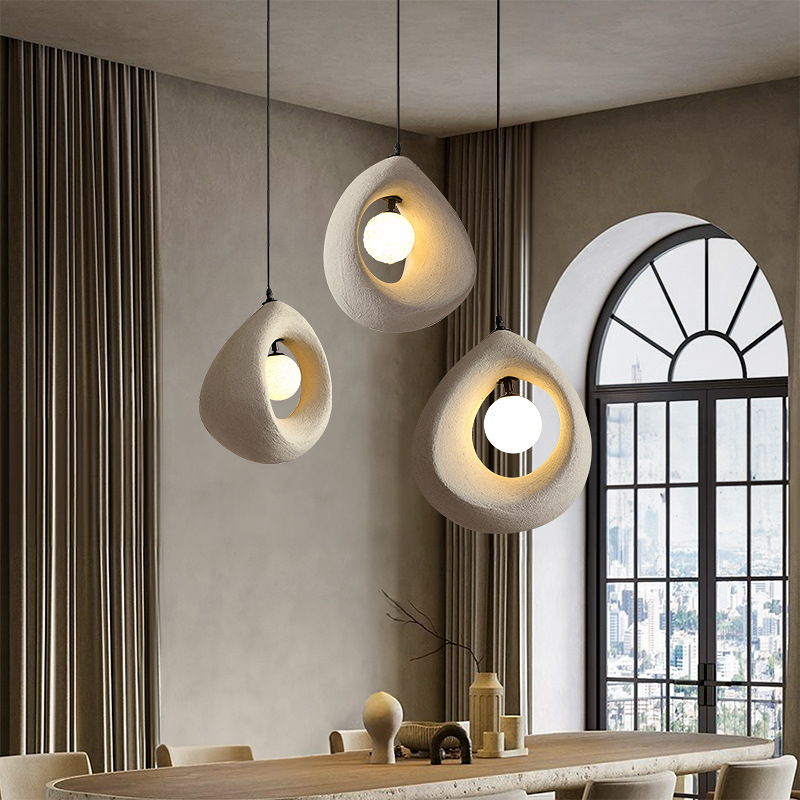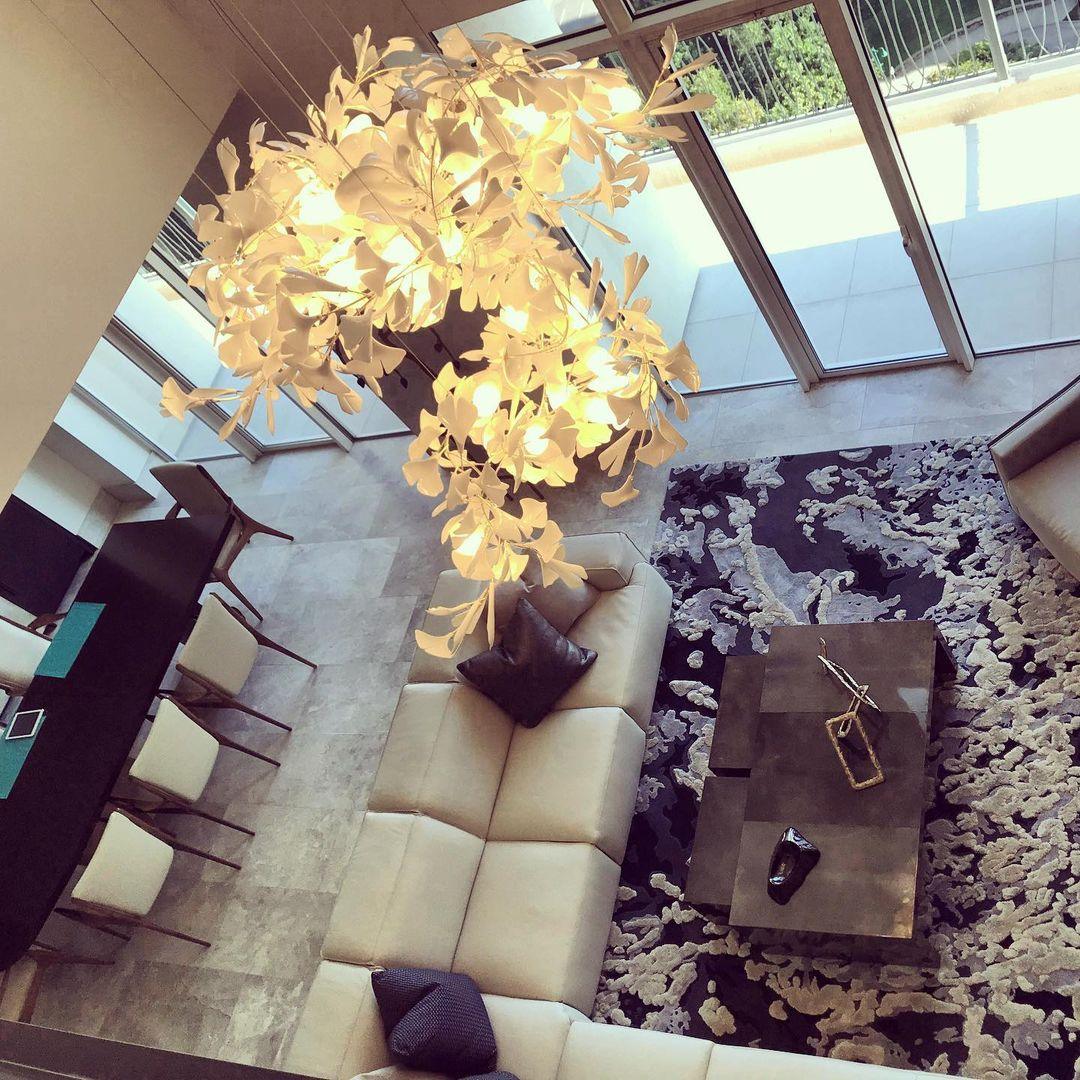1. Introduction: The Beauty of Minimalism in Sideboards
Minimalism has become a popular trend in home decor, with its focus on simplicity, clean lines, and functionality. This design philosophy can be applied to various elements of a home, including sideboards. Sideboards are versatile pieces of furniture that can serve both aesthetic and functional purposes in a room. By embracing minimalism in sideboard design, you can create a streamlined and cohesive look that enhances the overall aesthetic of your space. In this article, we will explore the benefits of minimalist sideboards, the origins of minimalist design, tips for choosing the right sideboard, and examples of minimalist sideboards for different spaces and styles.
2. Benefits of Minimalist Sideboards: Aesthetic and Functional
One of the main benefits of minimalist sideboards is their ability to enhance the overall aesthetic of a room. With their clean lines and simple design, minimalist sideboards can create a sense of calm and tranquility in a space. They can serve as a focal point or blend seamlessly into the background, depending on your design preferences. Minimalist sideboards also have the advantage of being versatile and timeless, making them suitable for various interior styles.
In addition to their aesthetic benefits, minimalist sideboards also offer functional advantages. The simplicity of their design allows for easy organization and storage. With minimal ornamentation and clutter-free surfaces, you can easily keep your belongings organized and accessible. Minimalist sideboards often feature ample storage space, with drawers, shelves, or cabinets that can accommodate various items such as dishes, linens, or electronics. This makes them not only visually appealing but also highly practical.
3. The Origins of Minimalist Design: Understanding the Concept
Minimalist design originated in the early 20th century as a reaction against the ornate and excessive styles that dominated the Victorian era. It was influenced by various art movements such as De Stijl and Bauhaus, which emphasized simplicity, functionality, and the use of basic geometric shapes. Minimalist design is characterized by clean lines, neutral colors, and a focus on the essential elements of a design.
The key principles of minimalist design include simplicity, functionality, and the elimination of unnecessary elements. Minimalist sideboards embody these principles by featuring clean lines, minimal ornamentation, and a focus on practicality. They often have a sleek and streamlined appearance, with no unnecessary embellishments or excessive details. This simplicity allows the sideboard to blend seamlessly into any space and serve its intended purpose without distractions.
4. Choosing the Right Minimalist Sideboard: Tips and Considerations
When choosing a minimalist sideboard for your space, there are several factors to consider. First, consider the size of the sideboard and how it will fit into your room. Measure the available space and choose a sideboard that is proportionate to the room and other furniture pieces. It’s important to strike a balance between functionality and aesthetics.
Next, consider your storage needs. Determine what items you plan to store in the sideboard and choose one with enough drawers, shelves, or cabinets to accommodate them. Think about how you want to organize your belongings and choose a sideboard with the appropriate storage configuration.
Lastly, consider the style of the sideboard and how it will complement your existing decor. Minimalist sideboards come in various styles, from modern to rustic, so choose one that aligns with your design preferences. Consider the materials and finishes used in the sideboard and how they will coordinate with other elements in your space.
5. Minimalist Sideboards for Small Spaces: Maximizing Functionality
Minimalist sideboards can be particularly useful in small spaces where maximizing functionality is essential. These sideboards are designed to be compact and efficient, making them ideal for apartments or rooms with limited square footage. They offer ample storage space without taking up too much floor space, allowing you to keep your belongings organized without sacrificing valuable room.
There are various minimalist sideboards designed specifically for small spaces. These sideboards often feature slim profiles, vertical storage options, and clever design solutions to maximize functionality. For example, some sideboards have built-in wine racks or adjustable shelves that can be customized to fit your needs. Others have hidden compartments or sliding doors that allow for discreet storage.
6. Minimalist Sideboards for Large Spaces: Making a Statement
While minimalist sideboards are often associated with small spaces, they can also make a statement in larger rooms. In spacious living areas or dining rooms, a minimalist sideboard can serve as a focal point and add visual interest to the space. The simplicity of its design allows it to stand out without overwhelming the room.
There are minimalist sideboards designed specifically for larger spaces that feature bold shapes, unique materials, or eye-catching finishes. These sideboards can become a centerpiece in a room and create a sense of drama and sophistication. For example, a sideboard with a sculptural silhouette or a high-gloss lacquer finish can add a touch of elegance to a large dining room.
7. Materials and Finishes: The Key to a Streamlined Look
The materials and finishes used in minimalist sideboards play a crucial role in creating a streamlined and cohesive look. Minimalist design often favors natural materials such as wood, metal, and glass. These materials have a timeless appeal and can be easily incorporated into various interior styles.
When choosing the materials for your minimalist sideboard, consider the overall aesthetic you want to achieve. For a warm and inviting look, opt for solid wood or wood veneer finishes. These materials add texture and depth to the sideboard while maintaining a clean and simple appearance. If you prefer a more contemporary look, consider metal or glass finishes. These materials have a sleek and modern feel that can enhance the minimalist design.
8. Minimalist Sideboards for Different Styles: From Modern to Rustic
One of the great advantages of minimalist sideboards is their versatility. They can be adapted to different interior styles, from modern to rustic. By choosing the right materials, finishes, and design elements, you can customize a minimalist sideboard to fit your preferred style.
For a modern or contemporary look, opt for a sideboard with clean lines, smooth surfaces, and a minimalist color palette. Choose materials such as metal or glass and finishes such as high-gloss lacquer or matte black. These elements will create a sleek and sophisticated appearance that is characteristic of modern design.
On the other hand, if you prefer a rustic or farmhouse style, choose a sideboard with natural wood finishes and distressed details. Look for sideboards with a weathered or reclaimed wood look, as well as traditional hardware such as iron handles or knobs. These elements will add warmth and character to the sideboard while maintaining a minimalist aesthetic.
9. Minimalism and Sustainability: Eco-Friendly Sideboards
Minimalist design can be aligned with sustainability, making minimalist sideboards an eco-friendly choice for your home decor. The focus on simplicity and functionality means that minimalist sideboards often have a smaller environmental footprint compared to more ornate or excessive designs. They prioritize quality over quantity and are built to last.
There are also eco-friendly sideboards available that showcase minimalist design. These sideboards are made from sustainable materials such as reclaimed wood or bamboo, which have a lower impact on the environment compared to traditional wood sources. They are often produced using environmentally friendly manufacturing processes and finishes that are non-toxic and VOC-free.
10. Conclusion: Embracing Minimalism in Your Home Decor
In conclusion, minimalist sideboards offer both aesthetic and functional benefits for your home decor. Their clean lines, simplicity, and focus on functionality make them versatile pieces of furniture that can enhance any space. Whether you have a small apartment or a spacious living area, there is a minimalist sideboard that can meet your needs and preferences.
By embracing minimalism in your home decor, you can create a sense of calm and tranquility in your space. Minimalist sideboards can serve as focal points or blend seamlessly into the background, depending on your design preferences. They offer ample storage space and organization options, allowing you to keep your belongings tidy and accessible.
When choosing a minimalist sideboard, consider factors such as size, storage needs, style, and materials. There are sideboards designed specifically for small spaces or larger rooms, as well as sideboards that can be customized to fit different interior styles. By carefully selecting the right sideboard for your space, you can create a streamlined and cohesive look that reflects your personal style and enhances the overall aesthetic of your home.
If you’re a fan of minimalist design, you’ll love our article on “The Best Way to Keep Your Home Clean and Organized.” In this comprehensive guide, we share practical tips and tricks for creating a clutter-free living space that is both functional and stylish. From storage solutions to organization hacks, you’ll find everything you need to maintain a minimalist aesthetic in your home. Check out the article here and start decluttering today!





